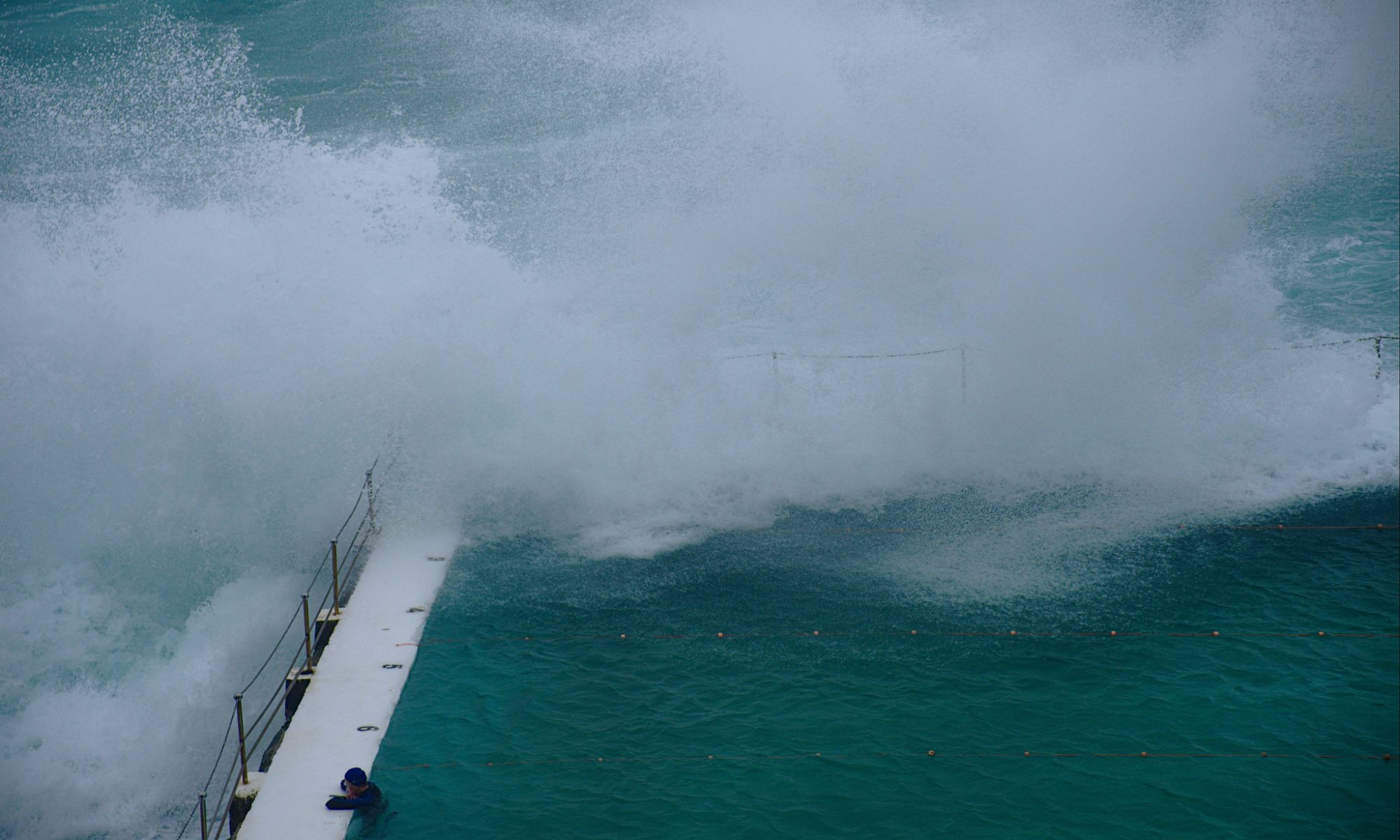There are calls for blood donations after the bushfires have killed and injured so many people in Victoria. I am a long-time donor and armchair expert, so I thought I’d share some tips.
First, info for those who just need a prod:
- you usually need an appointment to donate blood in most places in Australia. Information at the Australian Red Cross Blood Service or by calling 13 14 95 inside Australia. If they can’t get you in this week, donate anyway, severe burns victims need long-term treatment, and there will, of course, be other ill people later too.
- the Blood Service has some information about the process itself
- do check the health guidelines as to whether you can give blood now, or at all. If you are sick right now, wait until you have been well for a week or more.
Pressuring people indiscriminately to donate is one of my (many) pet peeves, since so many people are excluded for health reasons or due to risk factors and all it accomplishes is a pointless guilt-trip about who is or is not a better person by virtue of being able to donate. So I want to clarify: I know many cannot donate for any one of hundreds of reasons (including, by the way, phobias and so on: the Blood Service would actually prefer that you not donate if you are going to faint or need a lot of care!). I’ve been one of these people at times. If you cannot or would strongly prefer not to for any reason, go about your business with equanimity. This post is for the curious and the undecided.
If you have donated blood before and it was fairly easy, please consider a plasma donation. Plasma is a crucial product in treating burns patients and there’s generally a strong need for it at all times. It’s taken in whole blood (standard) donations too, but dedicated plasma donations supply more of it. If you have blood type AB (Rhesus negative or positive, it doesn’t matter), you are a universal plasma donor, so you are a particularly good candidate for plasma donations. It needs good veins, so if you’ve had difficulty donating whole blood before stick to that. This type of donation takes a bit longer, and is done via apheresis. You can continue being a whole blood donor periodically and also be a regular plasmapheresis donor too. There are a couple of extra health questions for a plasma donation (because you will receive some anti-coagulants), so give the Blood Service a call if you are considering donating plasma for the first time.
Now for the ones who have trouble with whole blood. I am blood group O, Rhesus negative, a universal donor for red blood cells (excluding a few rare blood types). O negative people, while generous to others, can only be transfused with O negative red blood cells ourselves, so we are desirable as donors both because our blood is useful in emergencies if there isn’t time for cross-matching, and because O negative patients specifically need it. I am also, last time I asked anyway, one of the pretty small percentage of Australian adults who has no immune response to CMV, which means I’ve never had it and I can’t give it to anyone else. (Like chicken pox, it’s a kind of herpes and the infection is permanent.) So my blood is like liquid gold, taken straight from me and rushed to O negative immunocompromised patients via a quick stop off to exclude infections, as best I can tell.
And this is the only reason I am still a blood donor. The difficulty I have giving blood would have caused me to be excluded by now otherwise, I have veins that are both buried deep and very slim. So I have some tips for others who have hard to find veins:
- if you don’t yet drink a lot of water before donating, start doing so. A litre or so seems about right, and then another half litre or so every half hour or so if you need to maintain. You want to be over-hydrated, not just the normal good hydration that you want going about your day. (No need to go nuts, I was once advised to drink two litres down and maintain, but my kidneys started hurting in the middle of the donation! And drinking crazy amounts of water can make you seriously ill.)
- if you have ever had them actually not get a vein at all, or not get a full donation (this is known as ‘Did Not Bleed’ in your charts, I have it 4 times), go to the donor centres (not the mobile blood units) look your interviewer in the eye and calmly tell them you want to have the senior phlebotomist do your donation, please. I have this written into my donor record now, and I often get someone who has worked with palliative care or chemotherapy patients, there is nothing a blood donor’s veins can do to them that will thwart them.
